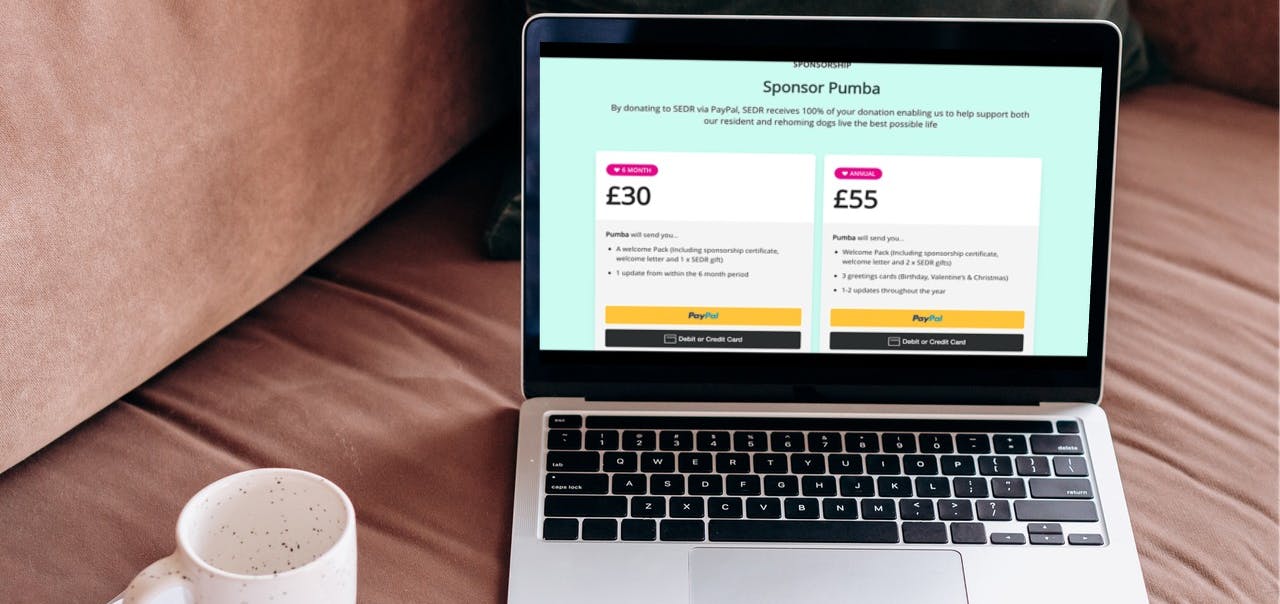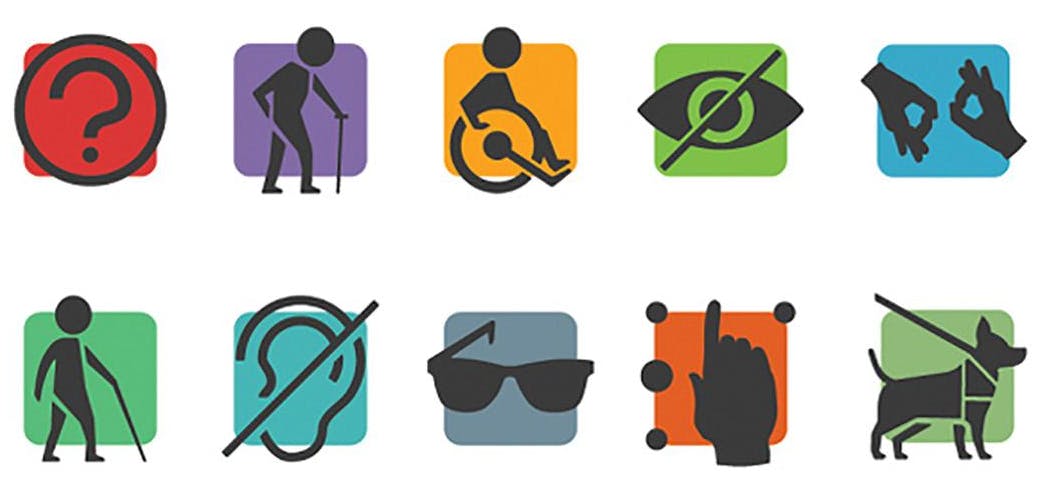Setting up Recurring PayPal payments

Nicki Lever


8 min read
We've been running UX Design courses for over a year now and one of the segments that invokes the greatest amount of conversation is Inclusive Design. So let's dive and find out what inclusive design is about.
Inclusive Design is championing the user, and that means all users are considered. It is integral to the experience, traditionally it is down to the UX designer to ensure that they put the user front and centre, and therefore they own the "inclusive element", but everyone on the team needs to be involved and everyone should understand its importance.
From Product Owner to Testing, every member of the team should understand the inclusivity decisions you’ve made. You can call out accessibility issues during a sprint.
To really create engagement, invite the team to be part of accessibility user testing sessions focussed on testing the accessibility of your products.
You can run your own user testing sessions by setting up an Accessibility Empathy Lab. More on that in a moment.

You may encounter pressure from people within the business to create designs that are considered unethical within the UX remit.
There are a few that we've seen requests for previously:
You must represent the User and protect them from Dark Patterns [Design choices that are in the interest of the business, to the detriment of of the user].
Can you think of some more examples that you've seen in the wild (i.e. sign up online, but cancel over the phone using premium rate number)?
Research and put numbers on how many people your inclusive design efforts will help. Can you translate this into sales or other metrics that are key to your business? As well as hard numbers, video clips or screen recordings of people struggling with an interface can be very convincing.
If you are working for a large company, you hopefully have a whole spectrum of people who can review and provide feedback on your designs, giving their unique stories and points of view. Create a user group and consult with them regularly to ensure their voices are heard.
Consider running an open and interactive session which can be lead by your user group. Here you can use a range of tools to emulate different challenges that users may have when using your products.
We have run sessions before where there have been:
For more ideas, check out GDSs example: https://gds.blog.gov.uk/2018/06/20/creating-the-uk-governments-accessibility-empathy-lab/

Personas are a way to ensure that teams are keeping different user types in mind when making design decisions. Consider creating a set of personas that specifically represent people with different challenges and levels of ability. As with all personas, ensure that they are informed by research - user observation, interviews and other data.
If budget allows, bring accessibility auditors or testing agencies in at various stages of a project or feature development. They can review and test your designs and your engineers code at an early stage, and review the final build to ensure that nothing slips through the cracks.
There is a close correlation between usability and accessibility. Accessibility measures improves the experience for all users. So much so that your sites accessibility has a direct impact on your SEO.
Digital products should work for everyone. The aim should always be to ensure that these work for a wide range of different users abilities. Some users have permanent disabilities and rely on using assistive technologies, some are temporary, some are situational.
If we don’t intentionally include the risk is to unintentionally exclude. The knock on would be that your users are left frustrated and demeaned due to a lack of accessibility considerations.
A truly inclusive design means that accessibility is baked in from the start, not modified for different groups. Inclusive design has to be at the heart of the product development process.
It is also a legal requirement. In terms of corporate responsibility this one can sometimes carry more weight when trying to adopt change within the organisation. There are several pieces of legislation that need to be considered when developing a digital product:
The General Data Protection Regulation was introduced in 2016. It’s a European law that prompts transparency around the collection, use, sharing, and storage of user data. This affects how any company collects data from people within the EU and impacts how digital products collect data and needs to achieve consent for how that data is use. As you may be designing those form fields, this affects you.
The Equality Act 2010 is a UK law aims to ensure equality of opportunity regardless of their characteristics (including but not limited to: Ability, Race, Religion, Age, Gender) and covers online services. It specifies that organisations should take reasonable steps to make online services accessible and not discriminate against any of the protected groups by not allowing access to their product or services.
Introduced in 1990, this US law ensures that Americans can access goods and services regardless of ability. This covers many private and commercial services, not just the public sector (lawsuits of note were beyonce.com and dominos.com).
The Web Content Accessibility Guidelines (known as WCAG, pronounced "Wack-Ag") are an internationally recognised set of recommendations for improving web accessibility. They explain how to make digital services, websites and apps accessible to everyone, including users with impairments to their:
The WCAG guidelines sets the benchmark, defining the level of compliance:
The guidelines overlap with the core UX principles, which reinforces the correlation between inclusivity and usability both being key drivers to achieving great design for all users:
Consider content complexity and readability (is what’s being written clear, concise and succinct? is the line-height comfortable?)
We talked in depth about Why Headsings are important in one of our other blogposts.
Use of colour (don’t rely on colour alone to convey important information). Deuteranopia sufferers have problems distinguishing between RED and GREEN. When used in product design the temptation to give a positive message a green background and an error message a red background will mean little to these users.
Hit area sizes and text labels for interactive elements
Keyboard navigation and consequent tab order
Ensure that it’s clear where the interaction is happening
Plenty of spacing, borders and appropriate alignment
Don’t disable the zoom, ever.

There are many facets to consider when designing and developing something that is 100% accessible, and sometimes these ideals may seem conflict with business goals or product strategy. But you need to seize the opportunity to share the incredible benefits of being accessible first and if you bring everyone onboard, you'll find that instilling user empathy spreads the ownership and understanding far further than taking on the task solo.
Do you agree? What is your experience in the wild?
As with everything in life, things pan out better when you work together. So if you are looking for a website support, updating a Shopify Theme, a fresh out of the box site or support with your Digital Strategy, you've come to the right place. We pride ourselves on our flexibility and honesty.
Why not get in touch?